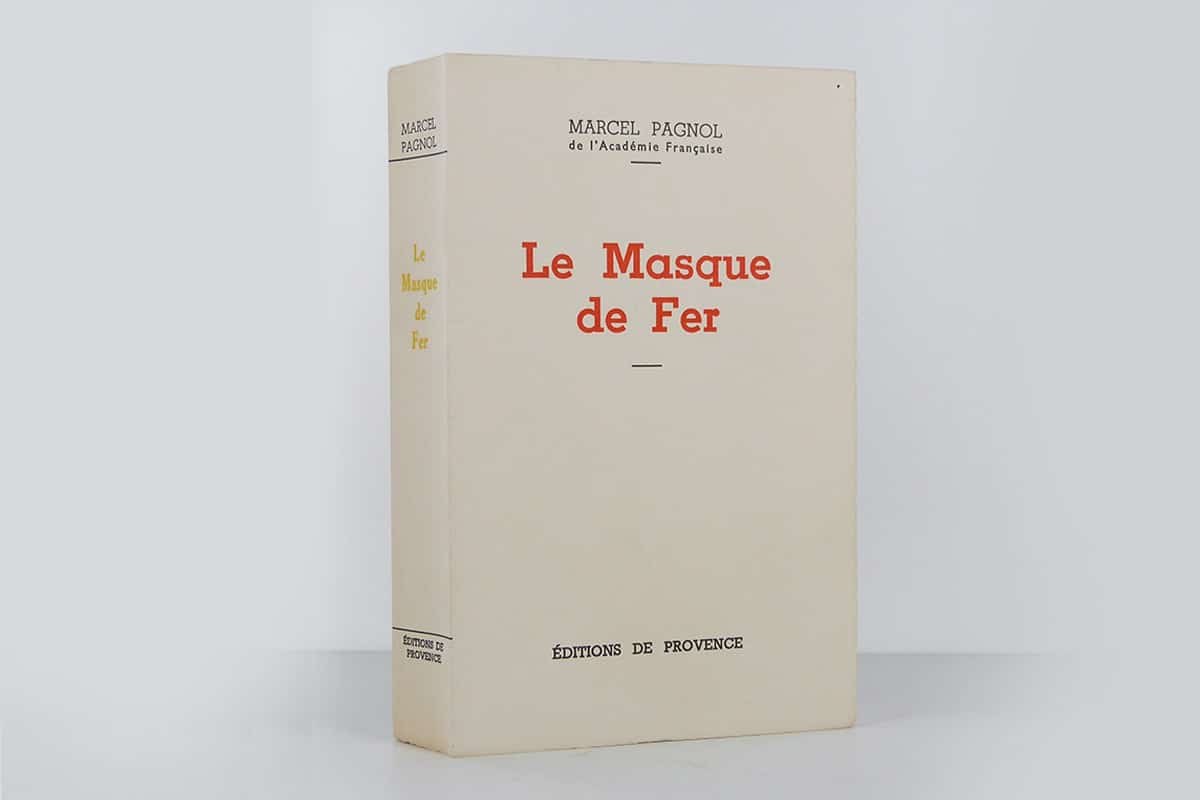Scrupulous and well-documented historical study on the mysterious character imprisoned by Louis XIV throughout his life. With the help of academician friends working at the Vatican, Marcel Pagnol thought he had cracked the mystery: the Iron Mask was none other than the king’s twin brother. This explains his relentlessness and the mask that hid a face identical to the royal face.
Published in 1965, Marcel Pagnol took it up again in 1973 under the title “LE SECRET DU MASQUE DE FER” (THE SECRET OF THE IRON MASK) having found other elements to support his thesis.
he king thinks it good that you spend some islands in the Bastille with your former prisoner, taking your precautions to prevent him from being seen or known by anyone.
It is thus a known face and there is, in the letters quoted above, a very remarkable sentence. On the eve of the departure for the Bastille, the minister writes: “By taking your precautions so that it is not seen nor known of anybody”. Doesn’t “known” here mean “recognized”?
The philosophy textbooks in high school told us, “To know is to recognize.” Moreover, when I say that this man is known, it is perhaps not enough to say. That this face is hidden under a mask and in a litter on the outskirts of Paris, that it is hidden from Lauzun, from du Junca, from the doctor of the Bastille, proves that he must be known in Paris.
The fact that it was so carefully hidden from the old priest of Exiles, from the sentries, from the soldiers of the escort, from the Provençal peasants that one could meet on the road between Exiles and Sainte-Marguerite, that it was hidden from the peasants of Palteau, is proof that this face was famous. At a time without photographs, without illustrated newspapers, without cinema and without television, the only recognizable face everywhere was that of the king, which everyone had in their pocket, on their coins.
First edition, Paris, Éditions de Provence, 1964.
Plus d'informations sur "Marcel Pagnol: his multiple talents" :

